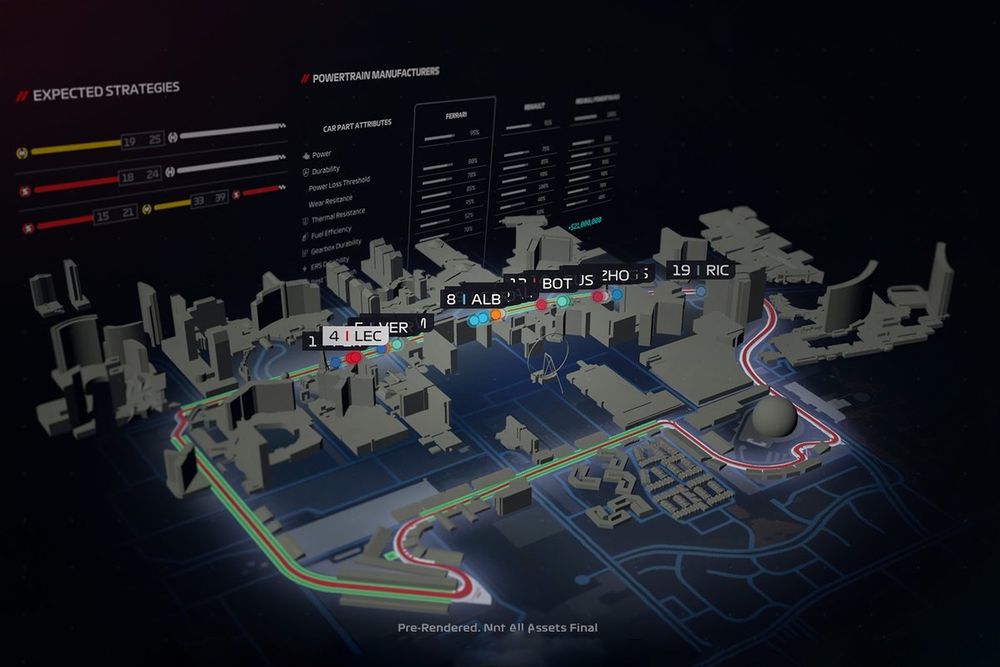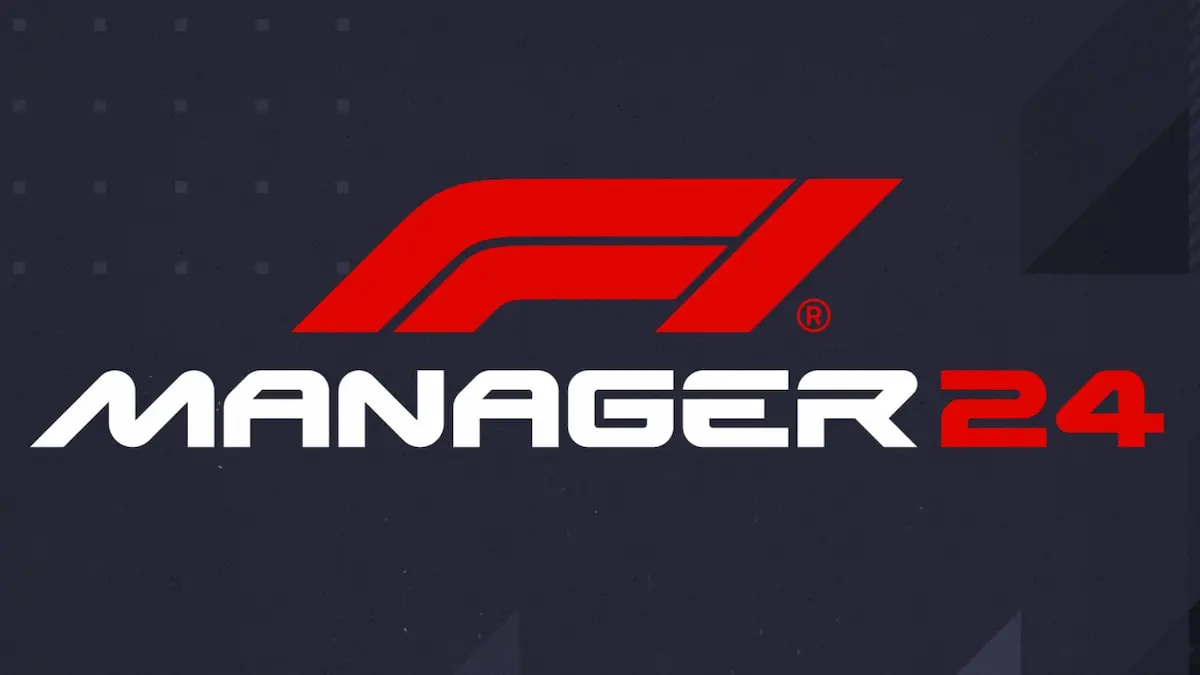F1 Manager 2024 is a racing simulation game where you can build a car and a team and use them to win the F1 world championship.
But if you’re a newbie, your very first task is to build a car. And for that, you must learn the F1 Manager 2024 Basics.
Once you’ve figured out the workings of F1 Manager 2024, you need to follow a 3-step process to build the car of your dreams and use it to win the F1 championship. Let’s get started –
F1 Manager 2024 Basics

Before I share the complete Car Development process in F1 Manager, you should get your basics straight.
Once you know what each tabs do in F1 Manager 2024, you’ll find it easy to develop your first car in the game, and what to upgrade and focus on to compete for the championship.
1. Car Analysis Tab:
The car analysis tab is your best friend. This is where you can go through different tabs to see performance metrics on each part of the car: from the power train, chassis, front wing, rear wing, side pods, and underfloor, to the suspension.
- Not super important initially, but when you change power trains or start with a new engine in ‘My Team’, you’ll choose between the big four – Mercedes, Ferrari, Renault, and Red Bull.
- Ferrari currently provides a great balance with good fuel economy, reliability, and peak power.
2. Design Tab:
Here, you can design individual car parts, each having its focus and metrics. Key takeaways:
- Engine Cooling: Crucial in this game. Focus on chassis and side pods.
- Tire Preservation: Equally important. Previously associated with brake cooling in past games, it now helps with overall tire performance.
- Allocate design time proportionally to specific metrics to optimize performance.
3. Expertise and Unit Usage:
- CFD and Wind Tunnel Time: These units are given based on your previous season’s standings. Use them wisely as they add days of experience to your engineers, improving their understanding and effectiveness in developing car parts.
- Longer Development Time: The more days your engineers work on a part, the better the understanding and performance of that part.
4. Important Metrics:
- Cornering (Low, Medium, High): Always crucial.
- Engine Cooling & Tire Preservation: Target at least 60% efficiency, ideally more.
- Weight Considerations: Added weight impacts performance but prolongs part of lifespan. Balance it based on your strategy.
5. Part Specializations:
- Side Pods: Best for engine cooling.
- Chassis: Great for drag reduction, airflow, and cornering.
- Rear Wing: Focus on drag reduction and DRS effectiveness.
- Underfloor: Maximizes downforce, crucial for aerodynamic efficiency.
- Suspension: Primary part for tire preservation and low-speed cornering.
- Front Wing: Best for low-speed cornering.
6. Research and Regulation Changes:
Near mid-season, you’ll get a regulation changes notification. Ensure you’re ready for these changes by:
- Focusing CFD and wind tunnel time into research to counteract performance losses.
- Reviewing new regulations and adjusting your design focus to maintain or improve performance.
By following these details and understanding each part’s role, you can build a dominant race car throughout the seasons.
Now, let’s take a look at the steps needed to begin the car development process in F1 Manager 2024.
Key Steps in Car Development

- Designing New Parts:
- Use Development Hours: Make sure to use all your development hours before the end of each ATR (Aerodynamic Testing Restriction) period. Unused hours don’t carry over.
- Pick Parts to Improve: Look at your car’s performance and the needs of upcoming races to decide which parts to improve.
- Fine-Tune Designs: Adjust details like cooling, weight, and lifespan to get the best results for your car.
- Boost Team Skills: Invest in your engineering team by taking on more complex and costly projects to make them better, especially if you plan to play for many seasons.
- Making Parts:
- Time and Cost: After designing parts, you need to make them. Decide how many to make and manage the costs.
- Avoid Rushing: While you can speed up production, it often isn’t worth the extra cost.
- Testing and Using:
- Check Performance: Use the car analysis screen to see how your car compares to others and decide what needs improvement.
- Race Needs: Think about the needs of upcoming races and focus on creating parts that will help the most.
Top Tips:
- Plan Ahead: Start designing parts about 40 days before you need them to allow time for both design and manufacturing.
- Optimize: Wait to make parts until you’ve designed several versions to save money.
- Prioritize Important Parts: Focus on key parts like the front wing and underfloor that greatly impact performance.
- Balance Improvements: Decide whether to use all development hours on major upgrades or spread them across several smaller ones.
Following these tips and understanding the car development process will help you stay competitive in F1 Manager 2024.



